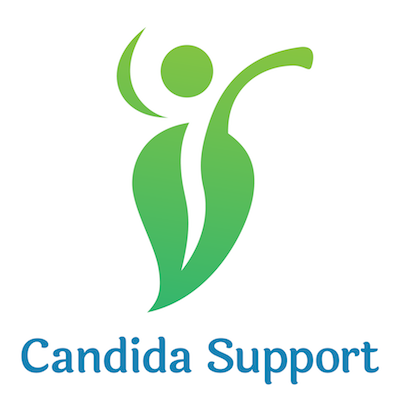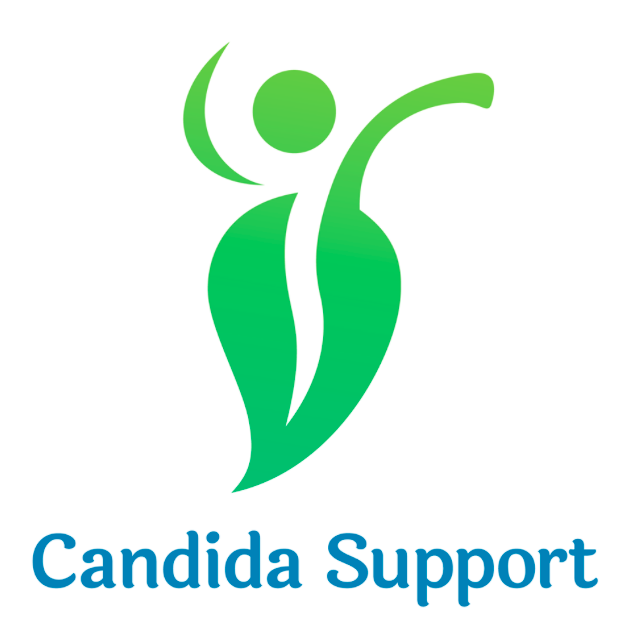Children's Candida Symptoms
Children, too, can suffer from candida yeast overgrowth - even infants. Children can get yeast infections in all the classic ways; the white yeasty coat on the tongue or lips known as Thrush, skin rashes—including diaper rash that won't go away, anal rash and even fungal sinus and ear infections. The good news with children is that they they are easier to treat and recover more quickly from Candida yeast infection!
Frequent and heavy diaper rash
Crown of the head and other "eczema" type skin rashes
Oral Thrush (white film in mouth or on lips or tongue)
Colicky longer than 3 months
Symptoms worse on damp days or in damp environments
Recurrent ear problems
Craving sweets all the time
Headaches
Hyperactive
Learning problems
Autism
Often irritable
Ongoing nasal congestion, cough or wheezing
Unhappy, hard to please
Seems unwell yet doctors do not find anything wrong
How do children "get" Candida?
Most times, this yeast unbalance in the intestinal flora is caused by frequent use of antibiotics or steroids (such as asthma medications or antibiotics for ear infections). Some children, like adults, just seem to have a constitution that is susceptible to Candida yeast overgrowth and infections: these are the children who have a history with baby thrush, diaper rash and cradle cap as babies and continue to have skin rashes and other yeast problems as they grow older. It's even possible for a baby to contract yeast through the birth canal of an infected mother.
Diet
Another factor in children's candida/yeast problems is diet. Despite our attempt as parents to give them a balanced diet, there seem to be endless ways they find sweets, and a high-sugar diet can weaken the immune system and be a setup for yeast problems in children.
“I wanted to let you know that my daughter’s Candida is getting under control per her alternative medicine doctor. She continues faithfully on the Fivelac. ”
Marti & Jim's story with their son
Our son's most dramatic Candida overgrowth symptom was a skin rash that just would not go away. We tried everything under the sun on it, from oatmeal baths to cortisone cream to natural salves and essential oils. About 10 days after he began taking ThreeLac™ the skin rash just disappeared and has never returned.Some healthcare practitioners even believe that child candida can affect children's behavior: we saw a difference with our son once we got his childhood candida under control. He became much calmer and more relaxed—that meant less trouble in school. *
Candida Treatment for Children andinfant Thrush/baby Thrush
Of all the people we help the littlest ones are most gratifying as they are the easiest to treat. This means it is very inexpensive to treat children. 1/2 packet per day of ThreeLac is usually plenty to accomplish the task. For infants or babies with Thrush on their mouths or tongues and bad diaper rash you need only give them a little ThreeLac™ on their tongues.* You can also put it on the nipple when the child is nursing. Check out our free online tests:
“Just wanted to thank you for your help. I can’t rave enough about this product. ThreeLac saved my baby. You were right that his skin would get worse before it got better. Yesterday he woke up with clear skin for the first time in months. I can actually see his gorgeous face now! And today it looked even better. He also seems much happier and more content in general. I’m sending you his before and after pictures. Thank you again! ”
Before and After ThreeLac™
If the infant is eating solid or semi-solid foods the ThreeLac™ can easily be mixed in with that. Infants and babies need only about 1/8 to 1/4 packet a day. See below for the standard "Clark's Rule" for dosages.Small children can take a bit more, 1/4 to 1/2 packet a day according to weight and it can be mixed with any food or taken "straight" on the tongue followed with water. Children like it as it tastes like a powdery lemony candy.*We recommend that you check with the child’s physician before giving anything to a child under 5, just to make sure there are no reasons that child should not be taking that product. Many of our customers have used Threelac for young children and infants with successful results. *
Candida and Autism in Children is Treatable!
“Many children with autism respond to anti-fungal treatment, and score high for yeast and anaerobic bacteria on such tests as the Comprehensive Digestive Stool Analysis test, available at the Great Plains Laboratory or Great Smokies Laboratory. *”
If your doctor hasn't been of any help in this you are not alone. Doctors are notorious for not understanding the fungal candida connection to illness.
“Judging from contacts with several hundred parents over the past few years, only about one physician in 20 or 30 will give serious consideration to the possibility that treating candida may alleviate the symptoms of autism. Most physicians regard concern with candida as just another fad, soon to be forgotten. I wish they were right, but I don’t think they are. *”
See more on our autism in children page
GHT's Suggested Serving Sizes for Children
ThreeLac™: GHT says children ages 2 and up may take the same amount of ThreeLac™ that adults take. (We don't think they need that much, however.) Many of our customers have used Threelac for young children or infants with great results.
“Though we have a new product called Candizolv™ we don’t recommend it for small children. ThreeLac™ has been so effective for children and they can take such small doses that nothing else is needed.”
A child’s Threelac dose is figured by relative weight, what is called "Clark's Rule" which is based on the "full dose" being for a 150-pound adult.
Clark’s Rule for ThreeLac™
Child ThreeLac™ Dosage (75 lbs+/34 kg.)
Months 1 and 2 (children heal quicker), -1 Threelac™ packet a day
Month 3+, 1/2 Threelac™ packet a day or possibly stop altogether
(You may continue with these small amounts as maintenance)
Child ThreeLac™ Dosage (37 lbs+/17 kg.)
Months 1 and 2, 1/2 Threelac™ packet a day
Month 3+ 1/4 packet a day or possibly stop altogether
(You may continue with these small amounts as maintenance)
Child ThreeLac™ Dosage (18 lbs+/9 kg.)
Months 1 and 2, 1/4 Threelac™ packet a day
Month 3+, 1/8 Threelac™ packet a day or possibly stop altogether
(You may continue with these small amounts as maintenance)
* Disclaimer:
Results may vary, person to person.
Please be aware that we are not licensed doctors, nurses, nutritional consultants or health care professionals.
These statements have not been evaluated by the Food and Drug Administration. These products are not intended to diagnose, treat, cure or prevent any disease.





